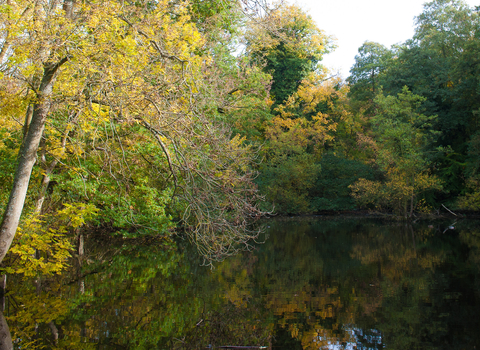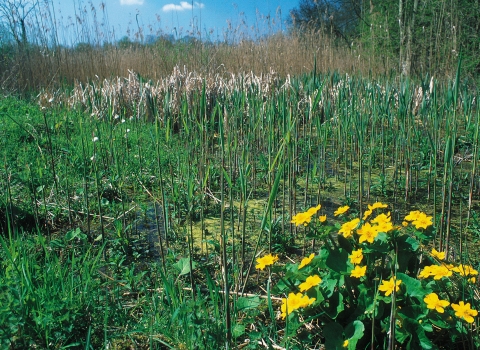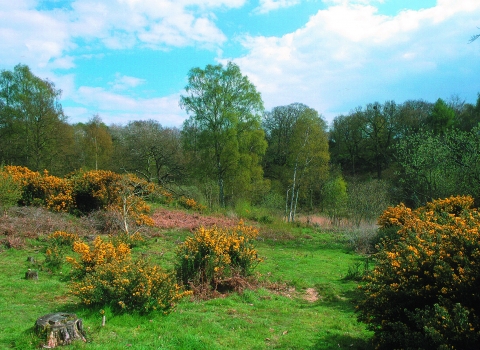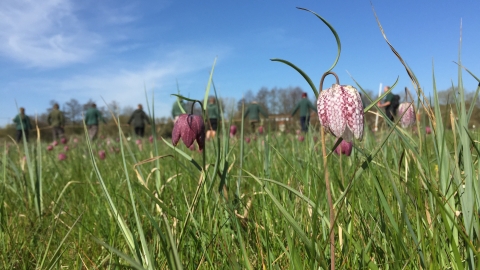
Iffley Meadows
Know before you go
Dogs
When to visit
Opening times
Open at all timesBest time to visit
March to AugustAbout the reserve
This sweep of floodplain meadows on the banks of the Thames sits just a stone's-throw from the centre of Oxford, but is a peaceful haven for wildlife. Each year Iffley Meadows plays host to an incredible wildlife spectacle, as thousands of Oxfordshire's iconic flower, the snake's-head fritillary, cloak the meadows in purple.
BBOWT manages Iffley Meadows on behalf of Oxford City Council.
Species
Contact us
Environmental designation
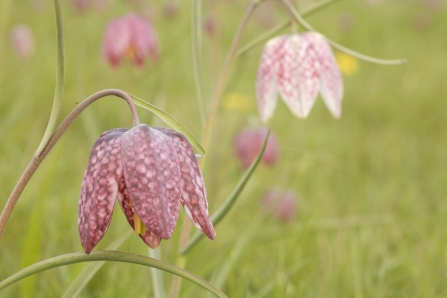
Snake's head fritillary by Andy Fairbairn
Flourishing fritillaries
Each April, Iffley Meadows plays host to a wonderful widlife spectacle where you can enjoy Oxfordshire's iconic flower, the snake's-head fritillary, in bloom in its natural surroundings. Before BBOWT took over management of the nature reserve in 1983, a mere 500 of these flowers could be found. As a result of BBOWT's careful management of the site and controlled grazing, numbers of fritillaries have shot up to many thousands in recent years - a huge success story.
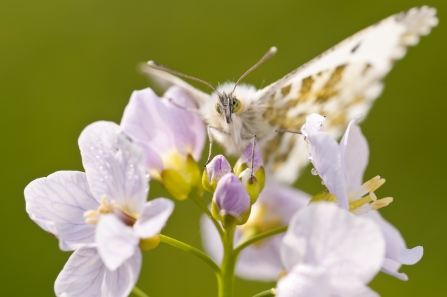
Orange tip on cuckooflower by Ross Hoddinott/2020VISION
Precious meadows
These wet meadows crossed by old river channels with willow-lined ditches have a rich diversity of wildlife typical of old, unspoilt meadow land. They were once a widespread feature of our river systems, but many have been lost to drainage and farming. In spring, the blooms of cuckooflower mark the start of a colourful sequence of wild flowers in the meadows. The orange-tip butterfly can be seen fluttering from flower to flower laying its eggs. Later, the yellow of buttercups and the reds and purples of great burnet and knapweed come to the fore.
Rich ditches
Several species of dragonfly and damselfly patrol the vegetated ditches during the summer. Warblers can be heard chattering in the reeds - Cetti's warbler can be distinguished by its loud, 'explosive' song.
Snake's head fritillary count at Iffley Meadows
Watch BBOWT's team perform the annual snake's head fritillary count at Iffley Meadows nature reserve.

